More than two weeks after committing to lower interest rates, some banks have adjusted lending rates by 0.5-1% on old loans as input capital costs have decreased.
Ms. Le Thanh (HCMC) said that in early June, she received a notice that her home loan (from a small joint stock bank) had its interest rate reduced by nearly 100 basis points, from 14.9% to 13.95% per year. "This is the first time since the pandemic that my loan has had its interest rate reduced," Ms. Thanh said.
Customers borrowing to buy, repair houses, or borrow for consumption purposes at some banks have also begun to receive notices of interest rate adjustments, with a common reduction of 0.5%.
The deputy general director of a private bank said that the State Bank has strongly requested a reduction in lending interest rates for old customers (including individuals and businesses) after the meeting at the end of May. The regulator set a minimum reduction threshold of 0.5% for banks to strive for.
Techcombank recently announced a 0.6% reduction in all floating interest rate loans, effective from May 31. Specifically, the base interest rate (reference interest rate) for individual customers borrowing to buy real estate, cars, and mortgages has decreased to 8.8% per year. For corporate customers, the new base interest rate applied from May 25 for loans under 12 months is 10.5-11.6%, and medium and long-term loans are 12-13.9% per year.
A representative of Saigon - Hanoi Bank ( SHB ) also said that the bank has made many adjustments to reduce interest rates, with a range of 0.5-3% depending on each loan for each customer group. Similarly, Orient Commercial Bank (OCB) reduced interest rates by 0.5% for all customers, effective from the beginning of June.
"In the current context, banks reducing interest rates on old loans has a more positive impact on business psychology," a bank leader commented.
However, he said that this move has not solved some other major bottlenecks, especially the issue of orders and markets. In addition, the expectation that the interest rate will continue to decrease sharply is also unlikely. Regarding the room for interest rate reduction in the near future, the leader of this bank said that they still have to "wait and see".
"Basically, banks must prepare for bad scenarios, especially when bad debt rises," he said.

Transactions at the counter of a commercial bank in Ho Chi Minh City. Photo: Thanh Tung
This interest rate cut focuses on private banks that have not lowered interest rates on old loans since the beginning of the year. Some banks, including four state-owned banks, some private banks and foreign-owned banks, have proactively reduced interest rates simultaneously and are not included in this interest rate cut.
Specifically, Vietcombank has two interest rate cuts for existing loans, applied from the beginning of the year to the end of July. Agribank reduced interest rates by 0.5% for medium and long-term loans from May 15 to September 30. In the private group, ACB previously reduced from 0.5% to 2% for old customers whose loans are due for interest rate changes.
For the group of foreign-invested banks, a credit officer of a Korean-invested bank said that they had applied interest rate reductions before receiving a request from the State Bank, with the highest reduction being 1.25% for loans with collateral bearing interest rates of 12.5% per year or more.
In fact, the interest rates of the remaining banks have also decreased this time, but not simultaneously, but depending on the commitment and health status of each bank. Above all, the reduction of interest rates directly affects the business goals and interests of bank shareholders, so the extent of this policy depends on the "goodwill" of shareholders and the management team.
A credit officer in the personal customer segment of a bank in the top profit group said he had not received information about the new interest rate policy, even though the bank was among the group committed to reducing lending rates.
The biggest rate cuts will be for loans that have been in place for more than a year, or new loans, as the cost of capital is low at these stages, while loans that were in place in the second half of last year may only see a moderate reduction due to high capital costs, the person said.
"Interest rate reduction also depends on input capital costs at each time, so the level of reduction may vary," said this employee.
According to estimates by the SSI Securities Company's Analysis Department, the current average lending interest rate (excluding incentives) is around 12.5% per year, down about 220 basis points from the end of last year but still about 200 basis points higher than in 2019.
By the end of May, the economy's credit growth had only reached 3.17% compared to the end of 2022, up nearly 10% over the same period last year. Of which, growth only reached about 35% of the beginning-of-year limit for state-owned banks and 50% for joint-stock commercial banks.
According to SSI, the economy's capital absorption capacity is weak due to three main reasons: manufacturing enterprises have difficulty selling their products, causing a decrease in demand for loans; small and medium enterprises have a weakened financial situation, leading to failure to meet loan requirements; and real estate enterprises' demand for loans has decreased due to many projects facing legal difficulties.
Minh Son - Quynh Trang
Source link




![[Photo] Prime Minister Pham Minh Chinh meets with Hungarian President Sulyok Tamas](https://vphoto.vietnam.vn/thumb/1200x675/vietnam/resource/IMAGE/2025/5/29/dbcaa73e92ea4448a03fe1d0de6d68e8)


![[Photo] Vietnamese and Hungarian leaders attend the opening of the exhibition by photographer Bozoky Dezso](https://vphoto.vietnam.vn/thumb/1200x675/vietnam/resource/IMAGE/2025/5/29/94d8ceca5db14af3bf31285551ae4bb3)


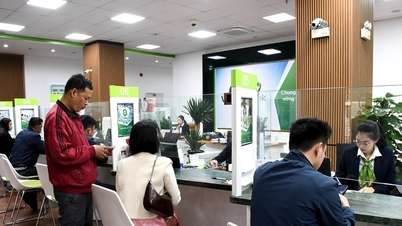

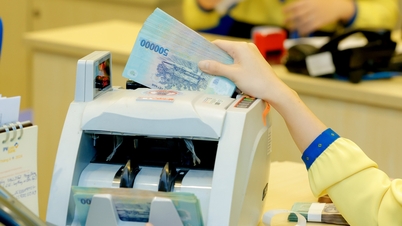

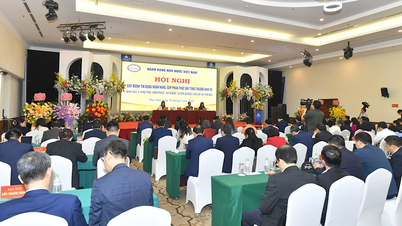

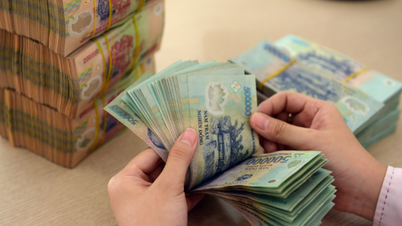



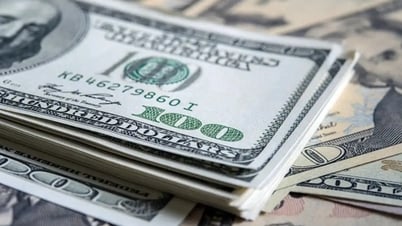



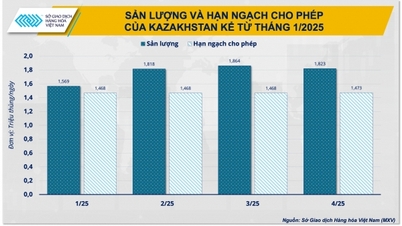














![[Photo] Prime Minister Pham Minh Chinh receives a bipartisan delegation of US House of Representatives](https://vphoto.vietnam.vn/thumb/1200x675/vietnam/resource/IMAGE/2025/5/28/468e61546b664d3f98dc75f6a3c2c880)


















































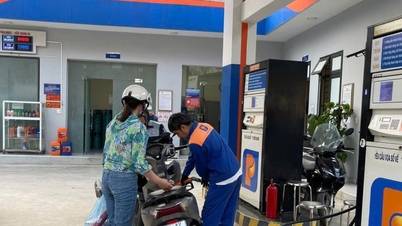









Comment (0)